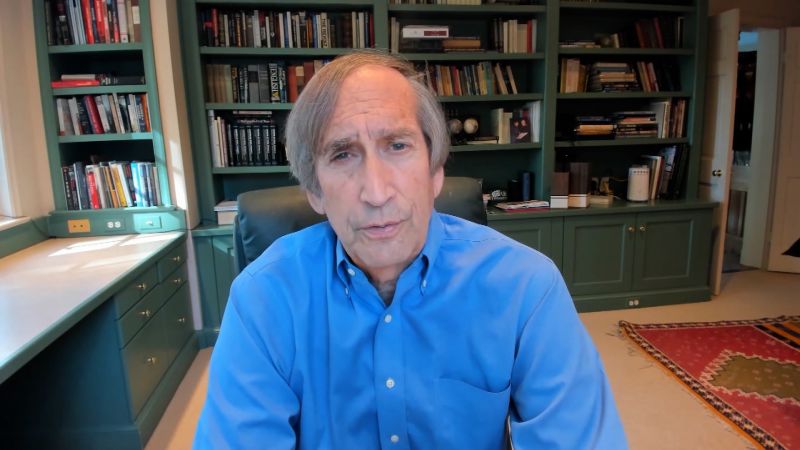The opening scenes of “Shadow of a Dog,” a short documentary by Sean Paulsen and Brad Wickham, feel like something from a film noir. Sirens whine in the background; informants call with tips; shots of derelict cityscapes suggest the loneliness of life on the lam. But Jim Tierney, the hardboiled detective on the case, is not looking for a perp. He’s looking for a pup.
Tierney, who runs a pet-care service by day, calls himself an intuitive pet tracker—not a “dogcatcher,” a term that, Paulsen pointed out when we spoke, has an air of cartoonish villainy. Pet owners and rescue organizations call on Tierney for help, providing any information they can about a missing dog’s likely whereabouts. Then, armed with several night-vision trail cameras, a large cage, and a generous cache of hot dogs, Tierney embarks on nighttime stakeouts in and around New York City.
Paulsen first encountered Tierney by way of an algorithm: footage from one of Tierney’s trail cameras popped up on the filmmaker’s Instagram, and he recognized the rescued dog from “Missing” posters that he’d seen in his neighborhood. Paulsen and Wickham began accompanying Tierney on cases, and shot “Shadow of a Dog” in the course of a month in the Evergreens Cemetery, on the border of Brooklyn and Queens, while on the hunt for a runaway terrier mix named Chica. When dawn would arrive with no leads, the trio would retreat to Tierney’s car to debrief. “He would just say, ‘You know, this is kind of the point at which often someone—even if it’s their dog—they lose hope. It’s just really emotionally difficult for them to deal with,’ ” Paulsen told me. “But that’s really when Jim buckles down.”
Runaway dogs typically hide out during the day, and so Tierney conducts his searches by night. Depending on where a dog was last spotted—a construction site, an industrial zone, an airport tarmac—there can be a vigilante aspect to his approach. Tierney’s accustomed to crawling under fences and ignoring “Do Not Enter” signs. He usually manages to slip away before dawn, but whenever he tangles with the authorities the truth is his best defense. “There’s something about being able to say, honestly, ‘We’re looking for a lost dog’ that just feels like a get-out-of-jail-free card,” Paulsen said.
The film’s drama arises not from dialogue, of which there’s little, but from Tierney’s movements in the shadows, his frustrations and quiet determination accented by Paulsen’s plucky, haunting score. In the grainy black-and-white footage from the trail cams, we watch Tierney grappling with the cage, even climbing into it at times, like some of the other nocturnal prowlers caught on tape. In wider shots, we see him stalking through the urban wilderness as the L train rumbles by and Manhattan lights up the horizon. As Wickham put it, “He’s tracking these animals; we’re kind of tracking him through the city.” The story, at its core, is “so simple,” he added. It’s a tale of dogged pursuit.







More News
Katy Perry’s own mom fell for her Met Gala AI photo. Do you know what to look for?
Other Admissions in Kristi Noem’s Book
Is Jerry Seinfeld’s ‘Unfrosted’ a tasty treat, or just a stale old standby? : Pop Culture Happy Hour